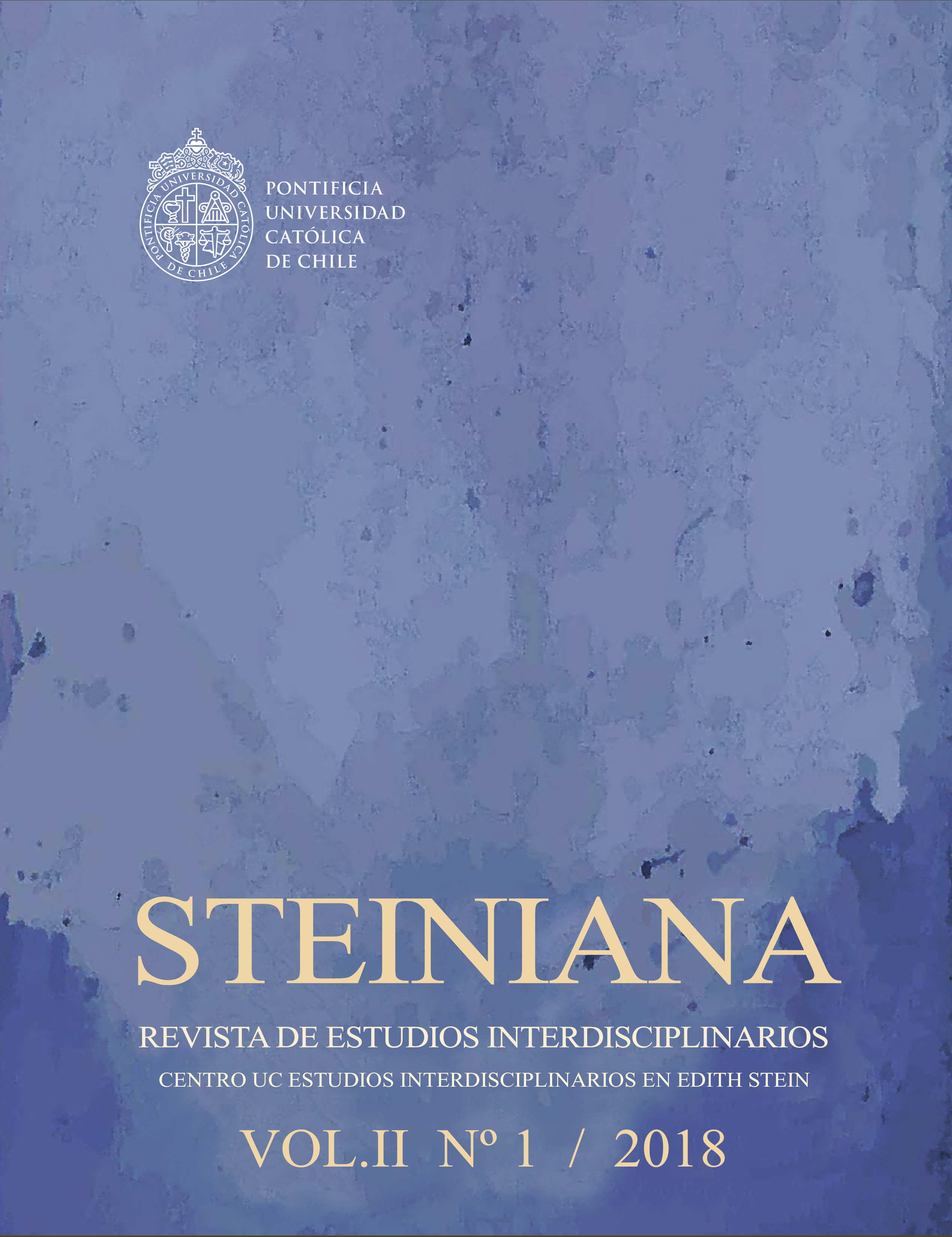La experiencia mística desde la fenomenogía: Edith Stein y el Castillo interior de Teresa de Ávila
Contenido principal del artículo
Resumen
El itinerario biográfico y el desarrollo especulativo de Edith Stein ofrecen un precioso material para reflexionar sobre las relaciones entre filosofía y mística, consideradas como dos caminos para acercarse a la verdad, sin ceder a la tentaciόn de inmanentizar lo divino reduciéndolo a la conciencia individual o del irracionalismo. El encuentro con los escritos de Teresa de Ávila representa para Edith Stein el impulso a la conversión al cristianismo y a la entrada en el Carmelo de Colonia. En el Apéndice de Ser finito y ser eterno, titulada El castillo interior (Die Seelenburg), el análisis de la imagen del Castillo interior de Teresa ofrece a la filosófa la oportunidad de explorar, en una fecunda síntesis de fenomenología y metafísica, la naturaleza y el dinamismo del alma, en su relación con la psique y el espíritu. Hay por tanto en común entre las dos santas el interés hacia el reino del alma, que aparece en toda su riqueza pero también en su fragilidad.

